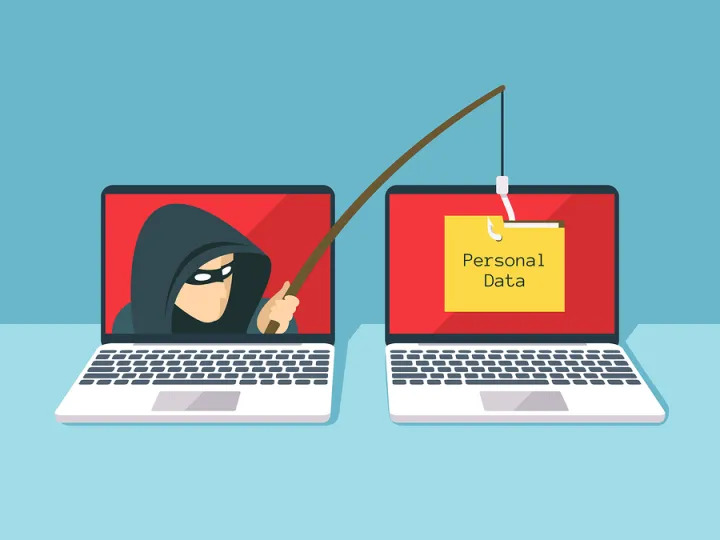|
|
Gone Phishing:
Navigating the Murky Waters of Cybersecurity Threats
|
 |
In our modern digital landscape, where technology seamlessly intertwines with our daily routines, the specter of cyberattacks looms ominously. Among the myriad threats online, phishing emerges as a particularly pervasive and treacherous danger. Just as a fisherman casts his net, cybercriminals deploy digital bait, aiming to ensnare unsuspecting prey. This week, we delve into the realm of phishing, examining its diverse forms and offering strategies for safeguarding against them.
At its core, phishing involves duping individuals into revealing sensitive information by posing as trustworthy entities, often via email, text, or phone calls. However, as cybersecurity defenses evolve, so too do the tactics of cyber adversaries. Enter smishing and vishing. |
 |
Steps for Protect Yourself from Phishing Scams: |
Protecting yourself from phishing scams involves several proactive steps to mitigate the risks effectively. Here’s a concise guide:
Stay Informed: Educate yourself and your team about the various forms of phishing attacks, including email, text (smishing), and voice (vishing) scams. Awareness is the first line of defense. Scrutinize Messages: Be skeptical of unsolicited communications, especially those urging immediate action or requesting sensitive information. Look for signs of phishing, such as generic greetings, spelling errors, or suspicious URLs. Verify Sender Authenticity: Before clicking on links or responding to messages, verify the sender’s authenticity. Use official contact channels to confirm the legitimacy of requests, particularly if they involve financial or personal information. Exercise Caution with Links and Attachments: Avoid clicking on links or downloading attachments from unknown or suspicious sources. Hover over links to preview the URL destination and verify its legitimacy before proceeding. Use Robust Security Software: Install reputable antivirus and anti-phishing software to detect and block malicious activities. Keep your security software updated to defend against emerging threats effectively. Keep Systems Updated: Regularly update your operating system, applications, and browser to patch security vulnerabilities. Cyber-criminals often exploit outdated software to launch phishing attacks. Enable Two-Factor Authentication (2FA): Implement 2FA wherever possible to add an extra layer of security to your accounts. Even if cyber-criminals obtain your login credentials, 2FA can prevent unauthorized access. Report Suspicious Activity: If you encounter a potential phishing attempt, report it to the appropriate authorities, such as your IT department, email service provider, or relevant cybersecurity agencies. Educate Others: Share your knowledge about phishing scams with friends, family, and colleagues. Encourage them to adopt best practices for online security and remain vigilant against potential threats. By following these steps and remaining vigilant, you can significantly reduce the risk of falling victim to phishing scams and safeguard your personal and sensitive information online. |
Be Sure to Have the Best Up-to-Date Security!
Schedule a Personalized Cybersecurity Audit.
Empower yourself against phishing scams. Your online security is in your hands. Take action now to safeguard your digital life. |
| Contact Us Now |
|
|
|